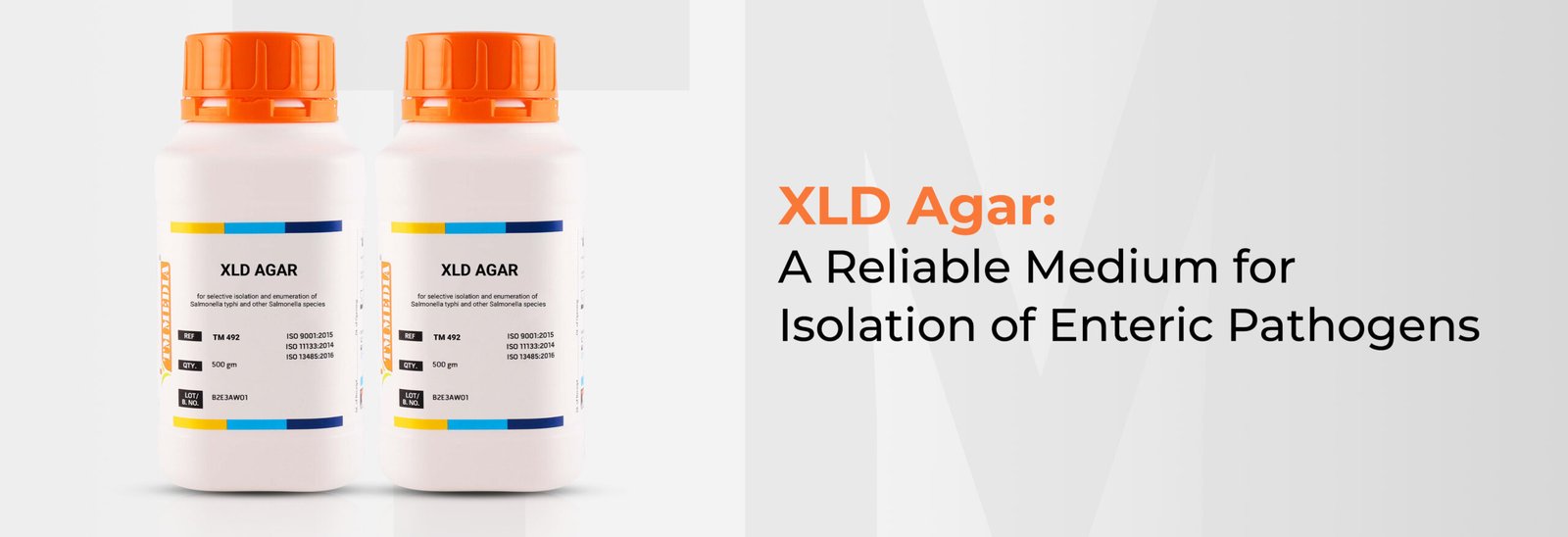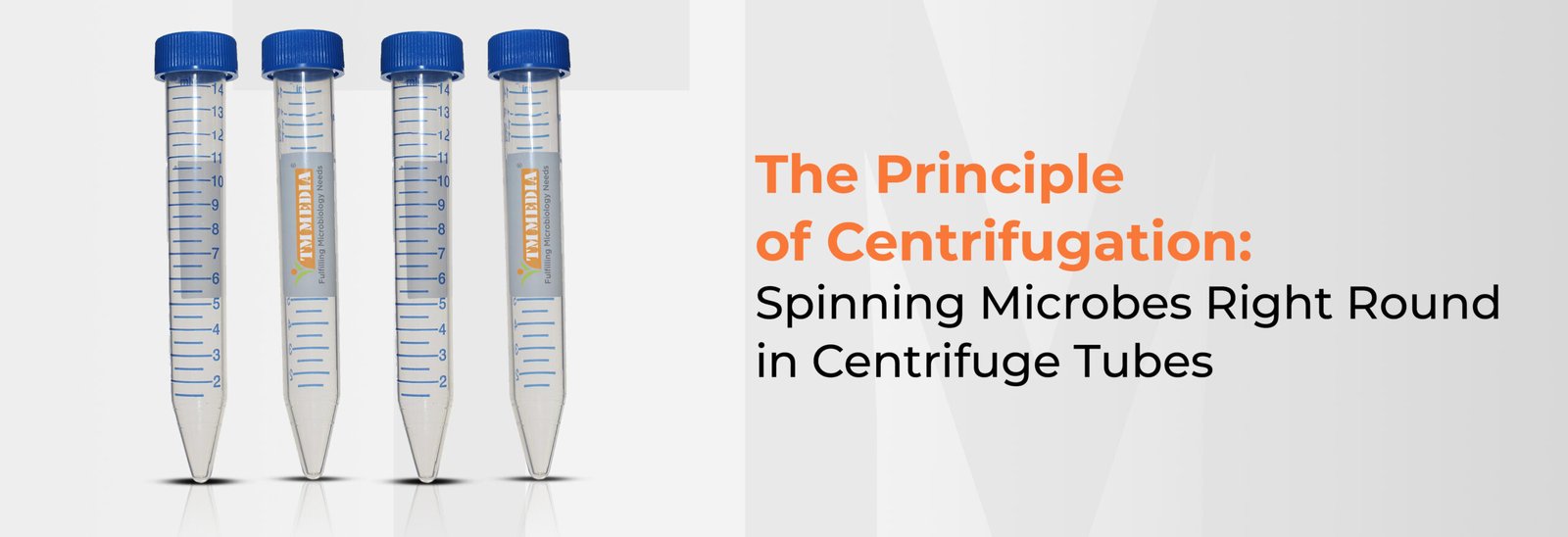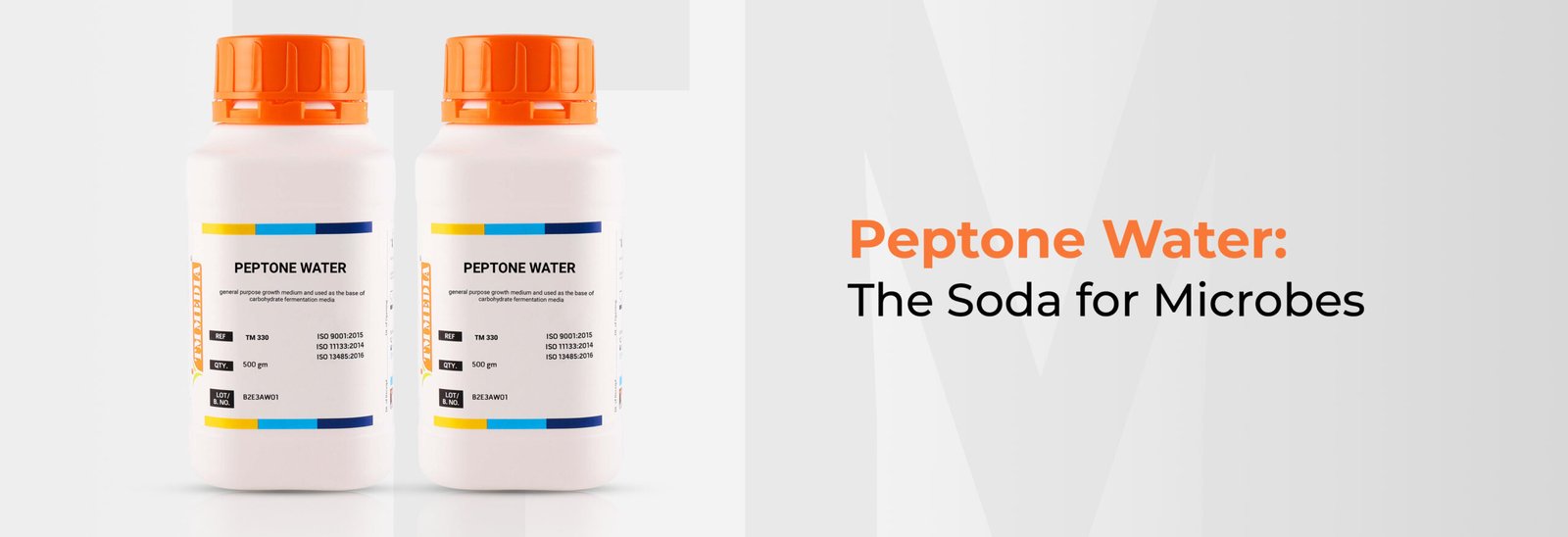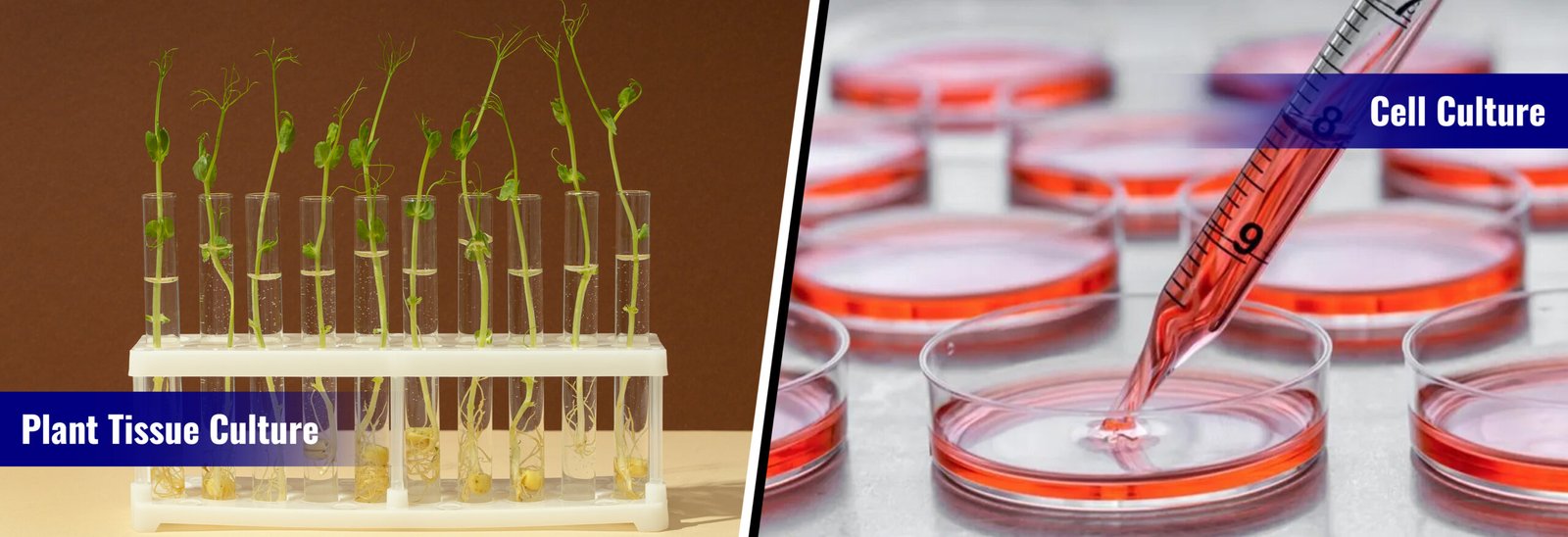

Walk into any microbiology lab, and you’ll notice something: shelves stacked with bottles labelled “nutrient agar ” and rows of golden petri plates. You might think it’s just a regular plate with a hokus potion to work scientific magic, but no. It is not as basic as you think. Regardless, it is actually. But, you are looking at the infamous nutrient agar—the Jell-O of the microbial world. At the heart of all quiet microbial witchcraft, two basic preparations summon most of these little rascals—Nutrient Broth and nutrient agar. They might look simple, but without them, microbiologists would be working in the dark.
Microbes, like humans, need food to survive. Since they can’t order takeouts, Swiggy it, or cook like the best chefs—plants, they must be provided with carefully designed diets in the form of nutrient-rich media. These media provide microbes with the necessary amino acids, vitamins, salts, and carbon sources. Among these, Nutrient Broth forms the base, while Agar makes it into a jelly.
To appreciate their importance, let’s break down the composition of nutrient agar, its preparation, and why it remains at the foundation of microbiology.
Imagine there’s a pool with food floating all around. What do you do? The correct answer would be to jump in it, relax and eat all you want.
At its simplest; Nutrient Broth: Microbes :: Food: Human
Nutrient Broth is a liquid pool of nutrient that allows bacteria to grow freely in suspension. A non-selective growth medium, with no restrictions, doesn’t favour one type of microbe over another, making it ideal for throwing in a floatie and relax. The medium’s favourable nature favours general cultivation of microbes and if agar is added, it transforms into nutrient agar, giving a solid surface for colonies to develop.
The ingredients may look ordinary on paper, but each has a very specific role in keeping microbes alive and thriving:
| Ingredient | Amount (g/L) | Role in Growth |
| Peptone | 5.000 | Source of amino acids, peptides, and nitrogen |
| Beef extract | 1.500 | Provides organic carbon, vitamins, and growth factors |
| Yeast extract | 1.500 | Adds B-complex vitamins and nitrogen compounds |
| Sodium chloride | 5.000 | Maintains osmotic equilibrium |
This blend of proteins, minerals, and salts creates a balanced environment—like a nourishing broth simmered on a stove and ready to serve.
To prepare nutrient agar, simply one ingredient is added, i.e; Agar – 15.000 g/L
Agar is a polysaccharide extracted from seaweed, specifically species of red algae, such as Gracilaria and Gellidium. While it has little nutritional value, it acts as a solidifying agent. This turns the Nutrient Broth into a firm gel-like medium, making it possible to separate bacterial colonies, observe morphology, and perform further tests. While addition of different biological fluids such as horse or sheep blood, serum, egg yolk etc. makes it suitable for the cultivation of related fastidious organisms.
Thus, the composition of nutrient agar per liter becomes:
The final pH is adjusted to 7.4 ± 0.2, a range that most microorganisms find comfortable.
Preparing nutrient broth or agar isn’t complicated, but precision matters. Here’s a step-by-step procedure for the preparation of nutrient agar (TM-341).
Following these steps ensures a sterile, nutrient-rich environment ready to host microbial guests.
Each ingredient in the contents of nutrient agar is chosen carefully:
This makes nutrient agar a non-selective medium that can support a wide variety of bacteria.
Nutrient Agar by TM Media marks all the boxes for quality standards and certified for good manufacturing practices. Some of the product specification functionally important while in use are represented below:
Quality Control Specifications:
| Parameter | Specification |
| Appearance of Powder | Cream to Yellow Homogeneous Free Flowing Powder |
| Appearance of Prepared Media | Light Yellow Coloured, Clear to Slightly Opalescent Gel |
| pH (at 25°C) | 7.4 ± 0.2 |
| Microorganism | ATCC | Inoculum (CFU/ml) | Growth Recovery | Incubation Temperature | Incubation Period |
| Salmonella Typhi | 6539 | 50–100 | Good-luxuriant (≥50%) | 35–37°C | 18–48 Hours |
| Streptococcus pyogenes | 19615 | 50–100 | Good-luxuriant (≥50%) | 35–37°C | 18–48 Hours |
| Yersinia enterocolitica | 23715 | 50–100 | Good-luxuriant (≥50%) | 35–37°C | 18–48 Hours |
| Staphylococcus aureus subsp. aureus | 25923 | 50–100 | Good-luxuriant (≥50%) | 35–37°C | 18–48 Hours |
| Escherichia coli | 25922 | 50–100 | Good-luxuriant (≥50%) | 35–37°C | 18–48 Hours |
| Pseudomonas aeruginosa | 27853 | 50–100 | Good-luxuriant (≥50%) | 35–37°C | 18–48 Hours |
| Salmonella Enteritidis | 13076 | 50–100 | Good-luxuriant (≥50%) | 35–37°C | 18–48 Hours |
Nutrient Broth and Agar aren’t just used because of tradition—they’re used because of versatility. Their applications include:
Because it is non-selective, nutrient agar acts as a baseline for cultivation before moving to specialized media.

You know that gnawing feeling when someone gives you a sharp look, and you just know they have figured something...
Read More
Picture this: you’re baking a cake, but you don’t measure the flour, forget to preheat the oven, and write nothing...
Read More
You might be wondering why the title says “Spinning Microbes Right Round.” It is because, in a microbiology lab, when...
Read More
In microbiology, nutrient media are considered essential tools for cultivating microorganisms. They are known to supply all the necessary nutrients...
Read More
Organoids. CRISPR. Immunotherapy. We bet you must have heard of at least one of these terms before. Biology is like...
Read More